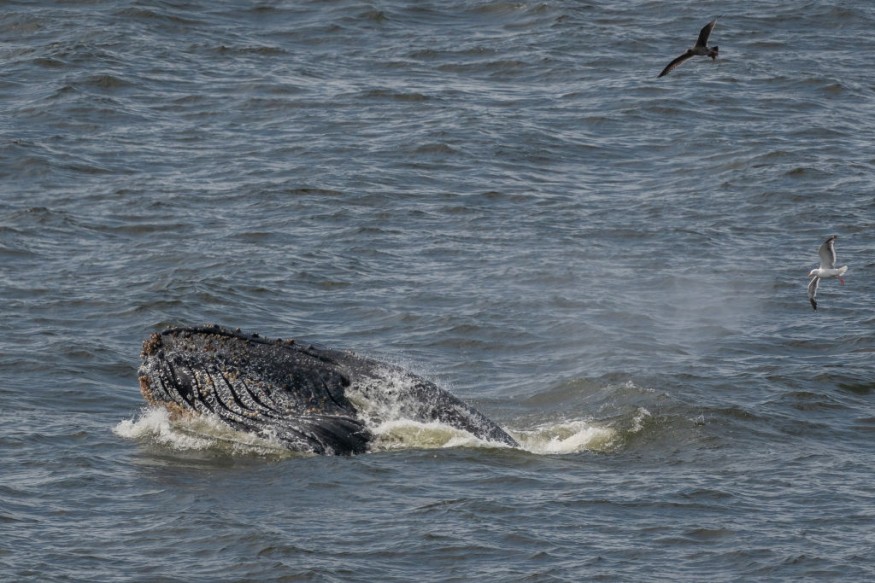
A male humpback whale has shattered migration records, traveling over 13,046 kilometers (8,106 miles) from South America to Africa.
This unprecedented journey, detailed in a recent study published in Royal Society Open Science, marks the first documented case of an adult male humpback traveling between the Pacific and Indian Oceans.
Humpback Whale Defies Migration Norms, Travels Between Two Breeding Populations
Initially spotted off Colombia in 2013, the whale resurfaced in 2022 near Zanzibar in the Indian Ocean, astonishing researchers.
According to CNN, Humpback whales are known for their long migrations, often spanning over 8,000 kilometers (4,971 miles) in a single direction, but this journey is nearly double the typical distance.
Humpback whales usually stick to specific migration routes between feeding and breeding grounds, where populations remain geographically distinct.
For instance, North Pacific humpbacks feed near Alaska and migrate to Hawaii to breed, while North Atlantic populations move between feeding grounds from Maine to Norway and breeding areas in the West Indies.
This whale, however, defied expectations by traveling between two distinct breeding populations.
Marine biologist Ted Cheeseman, co-founder of the whale tracking platform Happy Whale, emphasized that this journey highlights the interconnectedness of oceans.
Cheeseman noted that whales often navigate with precision, suggesting that this whale's remarkable migration was likely driven by social or environmental factors rather than disorientation.
The study suggests that competition among males for mates in Colombia or food scarcity could have motivated the whale to seek new territory.
Upon arrival in the Indian Ocean, it's unclear whether the whale was accepted by its new group, but such inter-oceanic movements could encourage genetic diversity among whale populations.
Global Citizen Science Tracks Humpback Whale's Record-Breaking Migration
The whale's journey was documented through photographs submitted to Happy Whale, a global platform where researchers and citizen scientists identify whales by the unique markings on the underside of their tails, ScienceAlert reported.
This method, in use since the 1970s, enables collaborative research and helps build a global catalog of whale movements.
Currently, the Happy Whale database includes over 109,000 individual whales, facilitating unprecedented international cooperation.
The study sheds light on humpback whale behavior and the potential for populations to adapt to changing environments.
As humpback populations in the Indian Ocean recover from historic whaling, which decimated nearly 95% of their numbers, researchers aim to better understand how these marine giants adapt and thrive.
© 2025 NatureWorldNews.com All rights reserved. Do not reproduce without permission.





